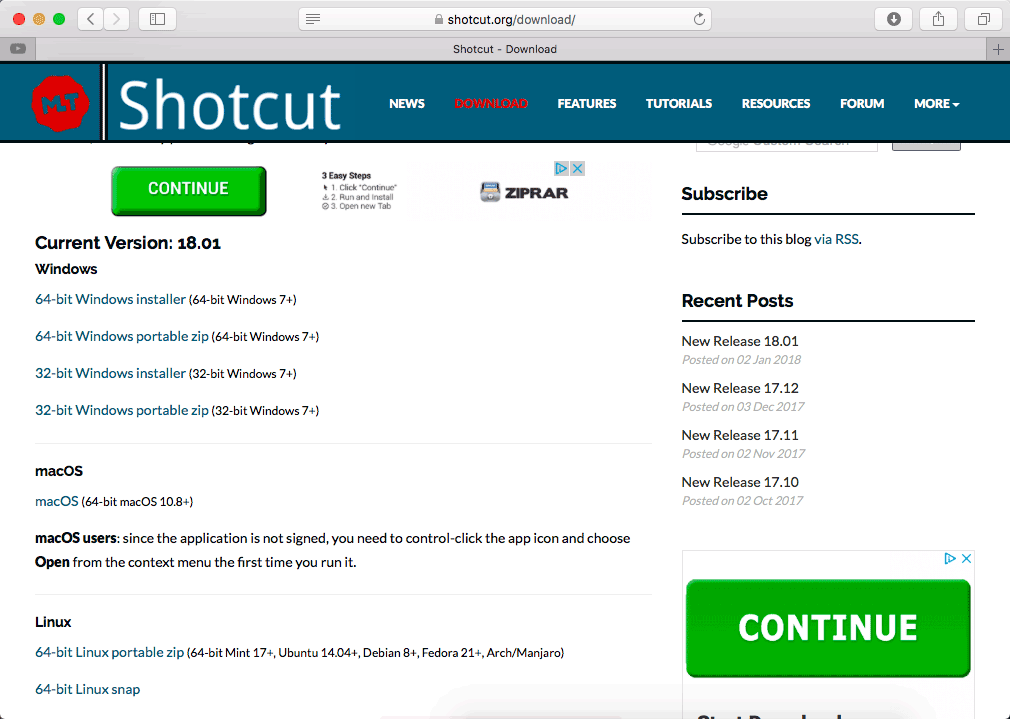

Rotation is not available in the Size & Position filter because that is not implemented yet.Īdded a Motion Tracker video filter. The Blend Mode video filter and track Properties option is not available because it is not yet implemented. Searching in Filters on "gpu" shows only/all GPU filters.Īll previous limitations are removed and working now: text filters, video scopes, stabilization. To add text, use a text clip using Open Other > Text as that is not a 10-bit video source. Nothing prevents you from adding CPU filters, but that will introduce an 8-bit down- and up-conversion into the pipeline. GPU effects is not just about performance but also quality since it does all processing in linear color, which gives optimally colored blending and interpolation.Įnd-to-end support for 10-bit! For this to work, on 10-bit sources use only GPU filters. It also works best when using only GPU filters. GPU effects' performance improvement mainly comes on systems with weak CPUs, with certain filters like Scale & Position, and when stacking filters and video tracks.


If you think its performance is not so great try it with Preview Scaling. This is being made for testing purposes to get feedback before deciding whether to leave it on in the April release. Decoupling it from the OpenGL used for the UI and video display also helps. Settings > GPU Effects is back! We made several big fixes to improve its stability. There is now an ARM64 build of the Flatpak for Linux (but none of the core developers currently has a Linux/ARM system for testing and support).īesides the performance improvements from Qt 6 above:Īdditional multi-threading in audio/video file reading.įaster preview for most video clips without filters. This also ought to improve things on Wayland. Some fixes for commonly reported Linux bugs like some images not rendering, visual controls not showing, and OpenSSL 3 compatibility. The macOS app is now universal: compatible with both Intel and Apple Silicon CPUs (M1/M2) in the same app. The macOS version now directly uses Metal (Apple's GPU tech) instead of OpenGL for drawing portions of the UI (see above).

The Windows version improves support for fractional display scaling in the system settings (e.g. This is faster, and we hope it improves compatibility. The Windows version now directly uses Direct3D 11 instead of OpenGL (or OpenGL converted to Direct3D) for drawing portions of the UI: Timeline, Keyframes, Filters, and the video player. This is the first major upgrade of it since Shotcut started over 10 years ago with Qt 5! (Some interim upgrades did feel major tho.) It was a lot of work, but as a result: Qt is the main UI and app library (separate from the media engine) that Shotcut uses.


 0 kommentar(er)
0 kommentar(er)
